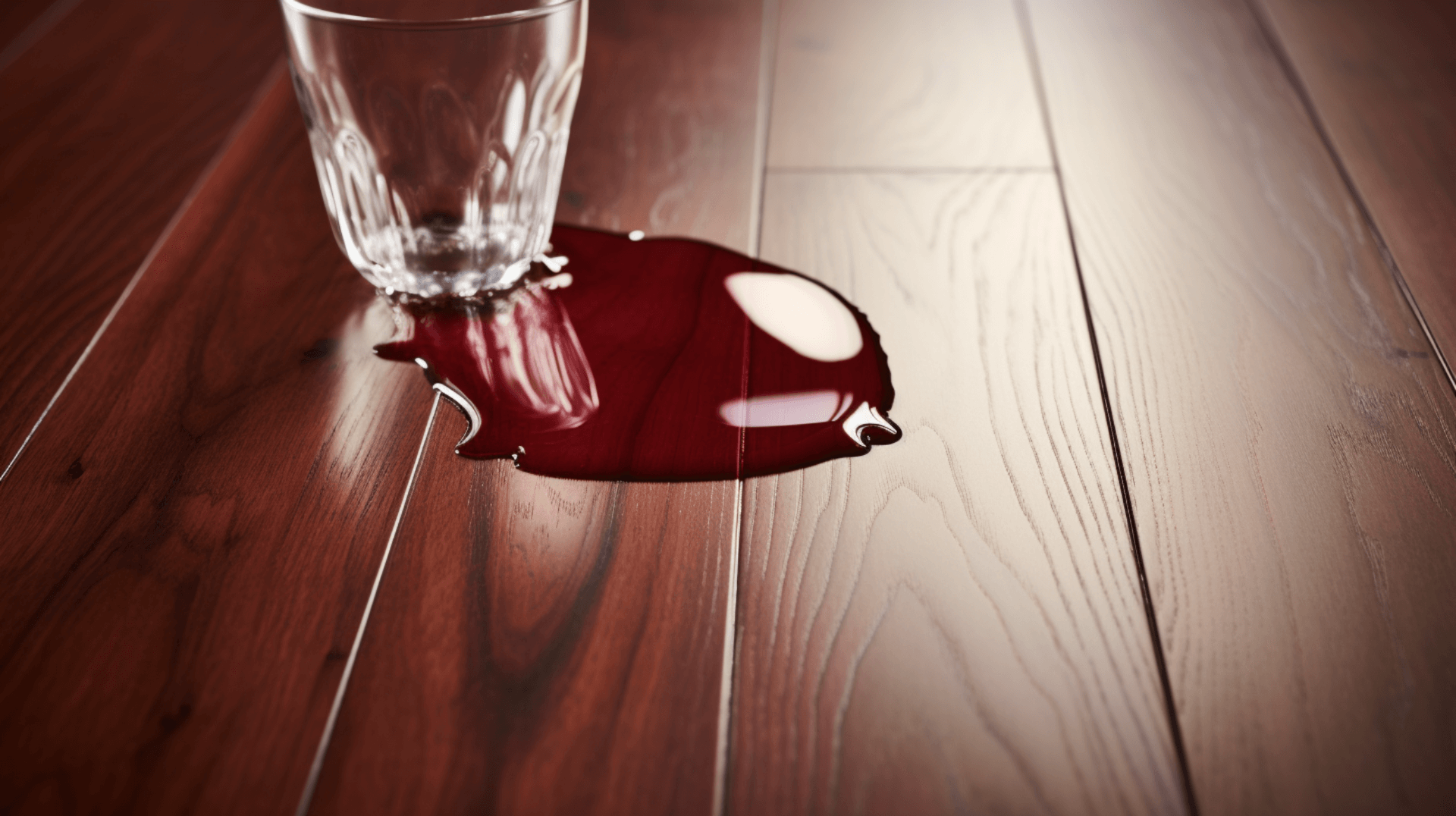Understanding the Importance of Protecting Wooden Floors from Spills and Stains
Protecting wooden floors from spills and stains is crucial for preserving their aesthetic appeal and value. Wooden floors are susceptible to damage from spills and stains, which can cause discoloration, warping, and structural issues if not properly protected.
To protect wooden floors from spills and stains, it is recommended to use a protective sealant. This sealant creates a barrier between the wood and any liquids, preventing them from seeping into the wood and causing damage. It also helps protect the wood from fading and discoloration due to UV exposure.
In addition to using a protective sealant, it is important to insulate the entire floor area to the same level when insulating a suspended timber floor. This helps reduce issues of cold bridging and unwanted moisture movement in voids, which can potentially lead to damage and stains on the wooden floor.
By understanding the importance of protecting wooden floors from spills and stains, home owners and business owners can ensure the longevity and beauty of their floors. Implementing preventive measures, such as using a protective sealant and proper insulation, can help preserve the value and appearance of wooden floors for years to come.
Identifying the Vulnerability of Different Types of Wooden Floors to Spills and Stains

Different types of wooden floors have varying levels of vulnerability to spills and stains. Solid wood floors are the most susceptible to spills and stains, as they are made of a single piece of wood and are not treated with any protective coating. This makes them prone to warping and discoloration when exposed to liquids. On the other hand, engineered wood floors are more resistant to spills and stains. They are made of multiple layers of wood and are treated with a protective coating, which helps protect the wood from warping and discoloration. laminate wood floors are the most resistant to spills and stains. They are made of a composite material and are treated with a protective coating.
The vulnerability of wooden floors to spills and stains is influenced by several factors. The type of wood used in the flooring plays a role, with hardwoods like oak and maple being more resistant to spills and stains than softwoods like pine and cedar. The finish of the flooring also affects its vulnerability, with a glossy finish being more resistant to spills and stains than a matte finish.
The protective coating applied to engineered and laminate wood floors helps create a barrier between the wood and any liquids, preventing them from seeping into the wood and causing damage. This coating also helps protect the wood from fading and discoloration due to UV exposure. In contrast, solid wood floors lack this protective coating, making them more vulnerable to spills and stains.
Overall, the susceptibility of wooden floors to spills and stains can be mitigated by choosing the right type of wood, applying a protective coating, and maintaining a balanced room climate. Regular cleaning and maintenance, such as vacuuming and using a damp mop, can also help protect wooden floors from spills and stains.
PreInstallation Measures: Preparing Your Wooden Floor for Spill and Stain Protection
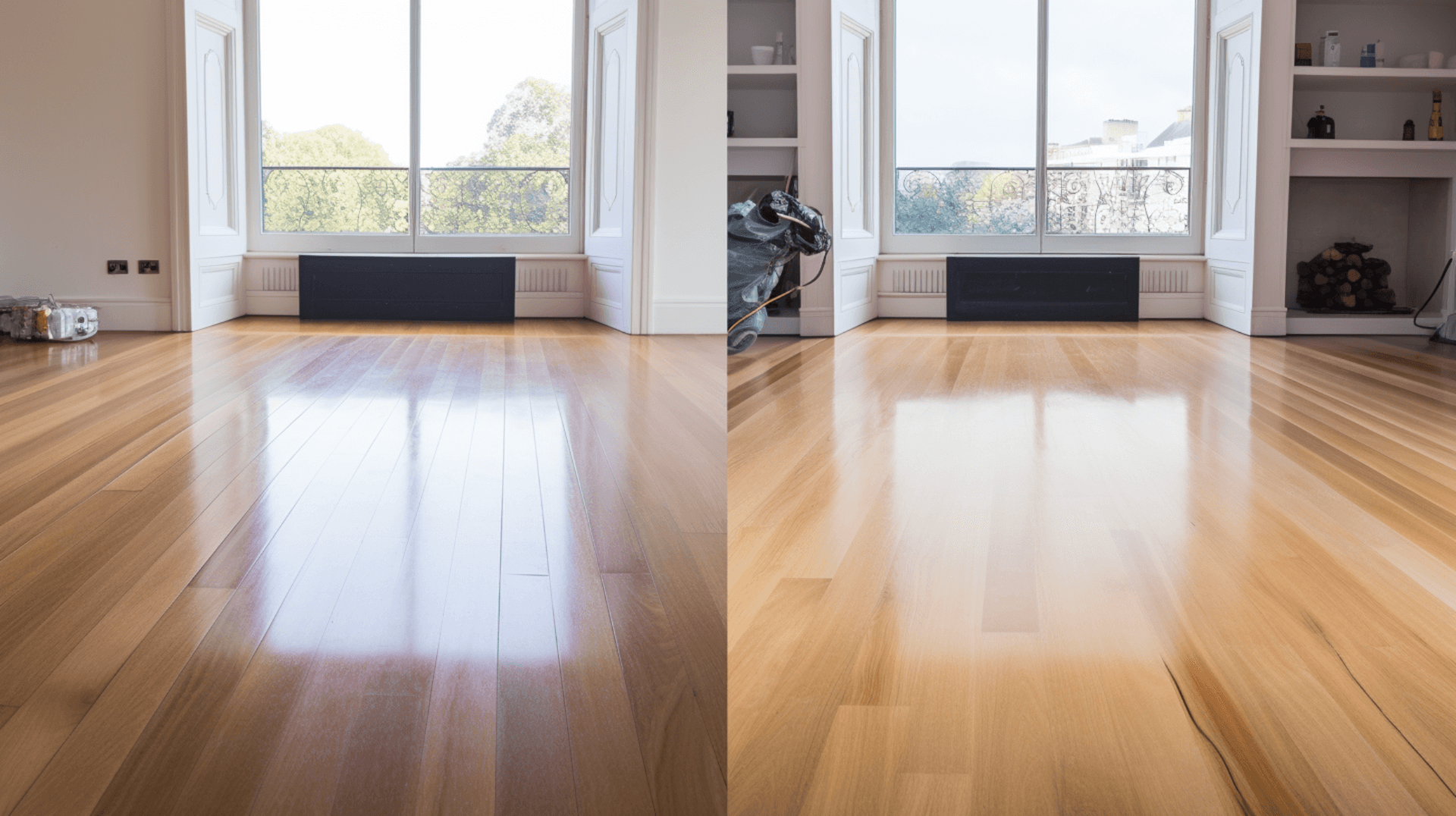
Pre-installation measures are essential for protecting wooden floors from spills and stains. Before installation, the floor should be thoroughly cleaned and inspected for any existing damage. This helps ensure that the protective coating applied during installation will adhere properly and provide maximum protection.
Materials and tools needed for pre-installation protection include a vacuum cleaner, a damp mop, a wood cleaner, and a wood sealant. The vacuum cleaner should be used to remove any dirt and debris from the floor, while the damp mop should be used to clean the floor and remove any residue. A wood cleaner should then be used to remove any remaining dirt and debris, and a wood sealant should be applied to the floor to create a protective barrier.
In addition to these materials and tools, it is important to use full depth strutting between the joists at the perimeter of the floor to provide a fixing for the flooring and to limit the size of gaps which need to be sealed at the edge of the floor. The space between the wall and the joist or solid strutting should also be packed with mineral wool insulation, and a continuous seal should be applied in the space between plasterboard dry lining and masonry walling. The insulation should be positioned level with the top of the joist or solid strutting to prevent any gaps that could allow moisture or pests to enter.
Safety precautions to consider during this process include wearing protective clothing, such as gloves and a face mask, to avoid contact with the sealant. It is also important to follow the manufacturer’s instructions for the sealant and avoid using excessive amounts, as this can damage the floor.
By taking these pre-installation measures, home and business owners can protect their wooden floors from spills and stains, ensuring their longevity and beauty.
PostInstallation Measures: Ensuring Your Wooden Floor is Protected from Spills and Stains
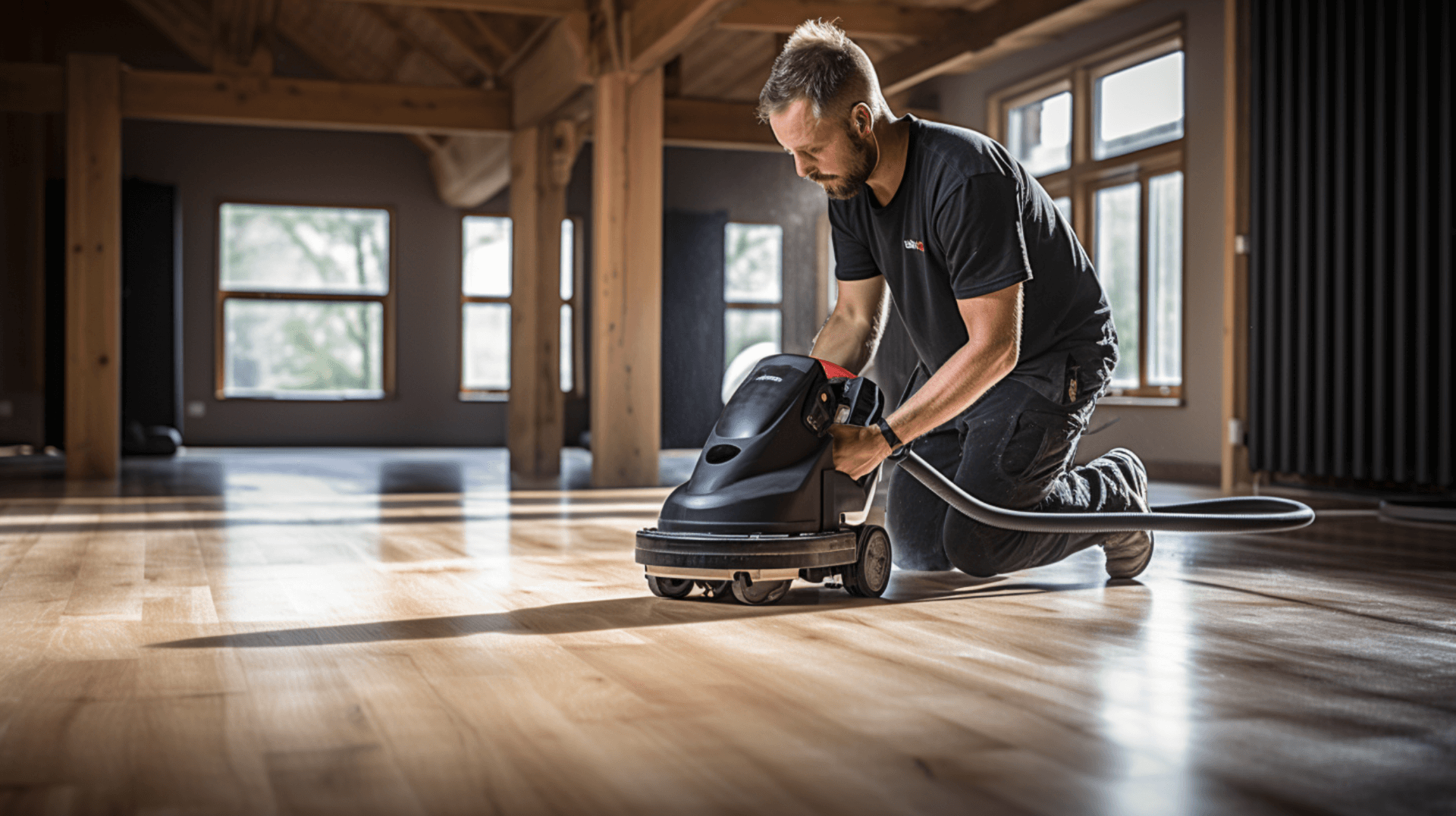
To protect a wooden floor from spills and stains after installation, several steps should be taken. Regular cleaning and maintenance are essential to ensure the protective coating applied during installation is still effective. Here are the recommended steps:
- Vacuuming: Use a vacuum cleaner to remove dirt and debris from the floor. This helps prevent scratches and keeps the floor clean.
- Damp Mopping: Use a damp mop to clean the floor and remove any residue. This helps remove stains and spills that may have occurred.
- Wood Cleaner: Use a wood cleaner to remove any remaining dirt and debris. This ensures the floor is thoroughly cleaned and ready for protection.
- Wood Sealant: Apply a wood sealant to the floor to create a protective barrier. This helps prevent spills and stains from penetrating the wood and causing damage.
Safety precautions to consider during this process include wearing protective clothing, such as gloves and a face mask, to avoid contact with the sealant. It is also important to follow the manufacturer’s instructions for the sealant and avoid using excessive amounts, as this can damage the floor.
To further protect wooden floors from spills and stains, it is important to maintain a balanced room climate. This helps prevent excessive shrinkage or swelling of the wooden floor, which can lead to warping and discoloration. Additionally, furniture should be placed away from walls and doorways to reduce the risk of spills and scratches.
By following these steps and taking the necessary precautions, home owners and business owners can effectively protect their wooden floors from spills and stains, ensuring their longevity and beauty.
The Role of Protective Coatings in Shielding Wooden Floors from Spills and Stains
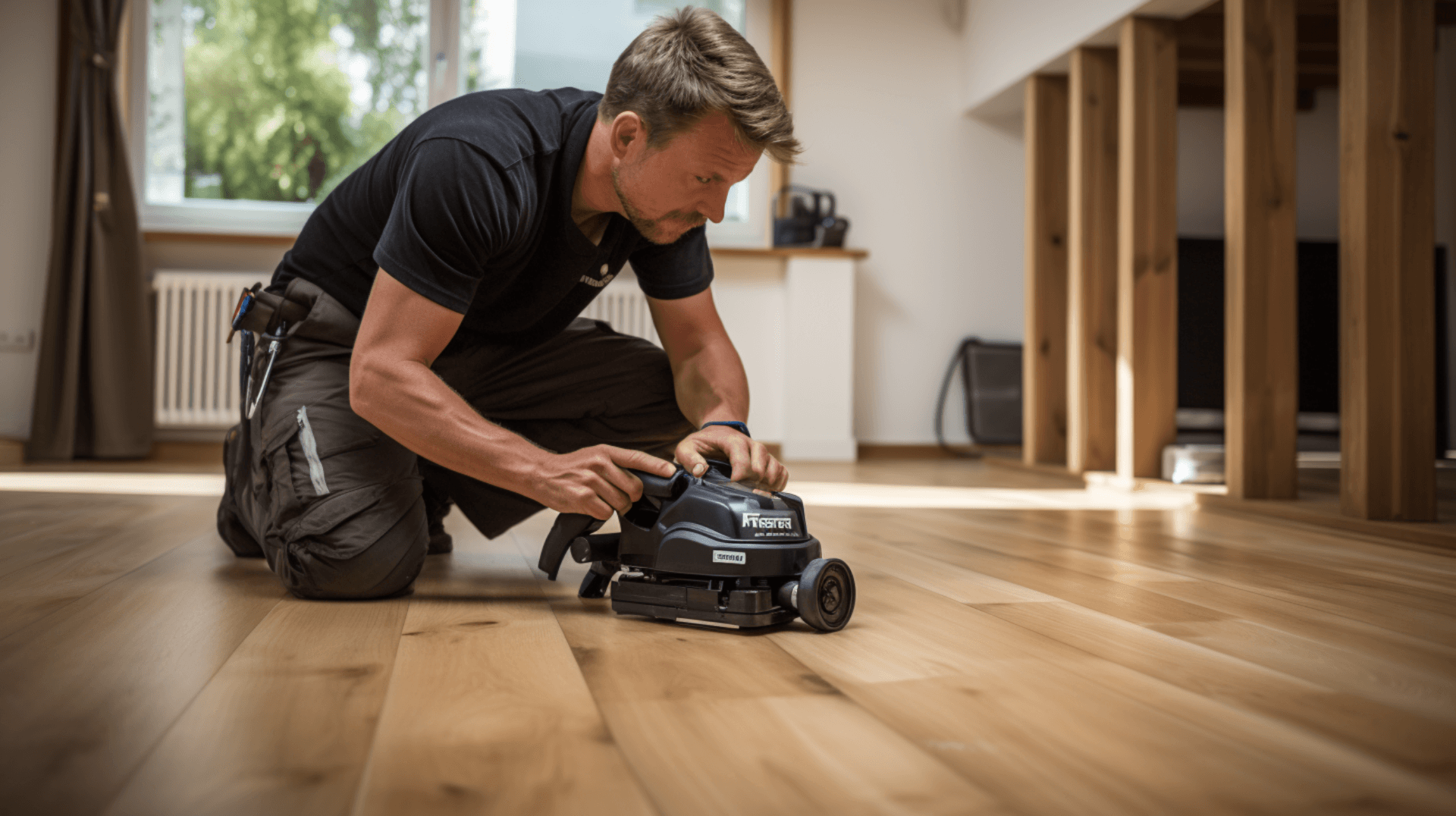
Protective coatings play a crucial role in shielding wooden floors from spills and stains. The most common type of protective coating is a polyurethane sealant, which is highly durable and resistant to spills and stains. It is applied as a liquid and dries to form a protective barrier on the surface of the wood. Polyurethane sealants can be applied in multiple coats for added protection. they can be difficult to apply and may require professional help to ensure a smooth finish.
Another type of protective coating is a wax finish, which is applied as a paste and provides a glossy, protective layer on the surface of the wood. Wax finishes are easy to apply and provide a natural-looking finish. they are not as durable as polyurethane sealants and may require more frequent reapplication.
To ensure maximum effectiveness, protective coatings should be applied in multiple thin coats. This helps ensure that the coating is evenly distributed and provides maximum protection. It is also important to follow the manufacturer’s instructions for the specific type of coating being used. This helps ensure that the coating is applied correctly and provides the desired level of protection.
Overall, protective coatings are essential for maintaining the beauty and longevity of wooden floors. By choosing the right type of coating and applying it correctly, home owners and business owners can effectively shield their wooden floors from spills and stains.
Cleaning and Maintenance: Best Practices for Protecting Your Wooden Floor from Spills and Stains
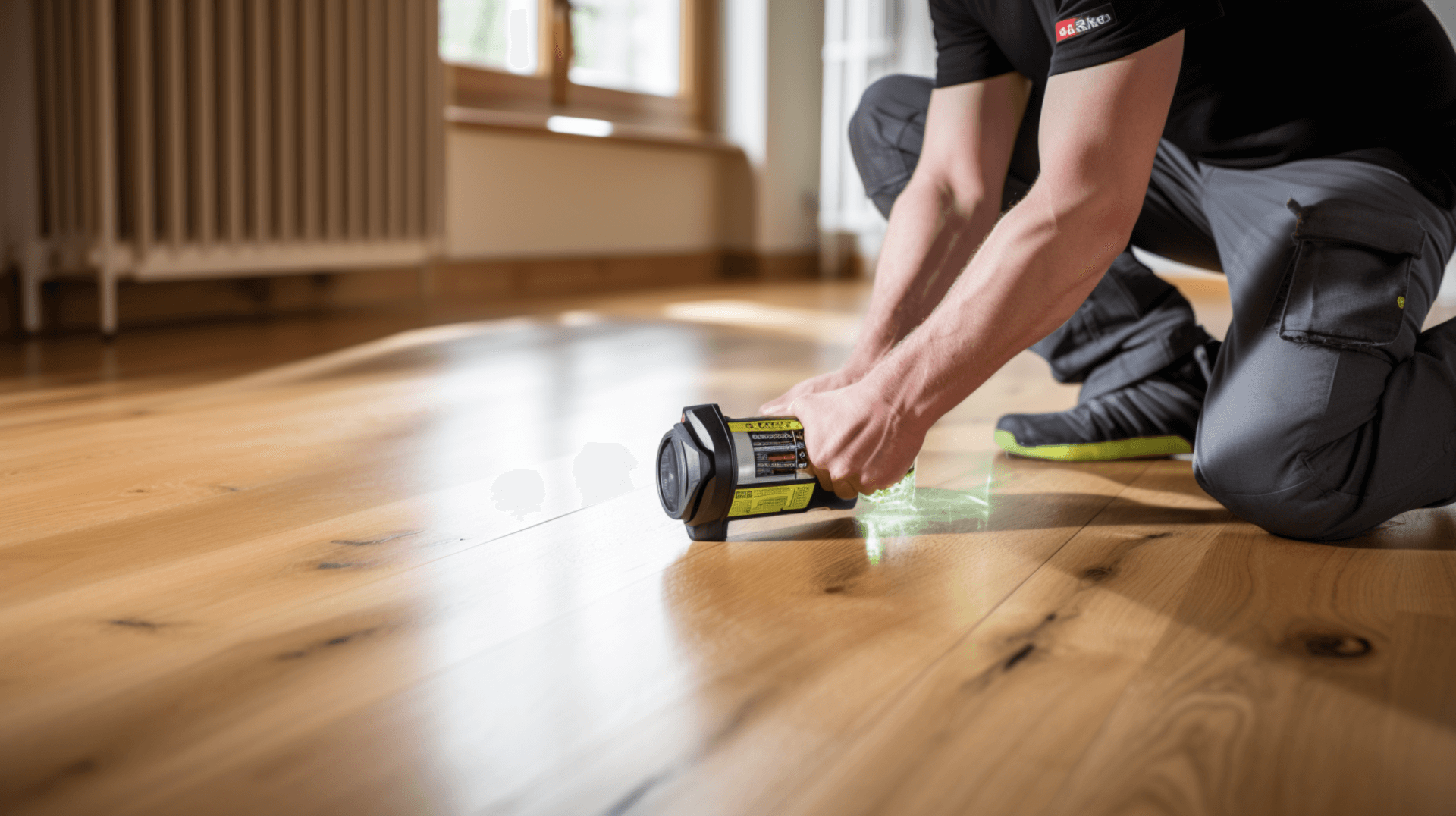
Cleaning and maintaining wooden floors is essential for protecting them from spills and stains. Regular cleaning and maintenance helps remove dirt and debris, as well as any spills and stains that may have occurred. This helps ensure that the protective coating applied during installation is still effective and provides maximum protection.
When cleaning and maintaining wooden floors, it is important to use the right products. A vacuum cleaner should be used to remove dirt and debris, while a damp mop should be used to clean the floor and remove any residue. A wood cleaner should then be used to remove any remaining dirt and debris, and a wood sealant should be applied to the floor to create a protective barrier.
In addition to regular cleaning and maintenance, it is important to maintain a balanced room climate. This helps prevent excessive shrinkage or swelling of the wooden floor, which can lead to warping and discoloration. Additionally, furniture should be placed away from walls and doorways to reduce the risk of spills and scratches.
These cleaning and maintenance practices should be carried out regularly, at least once a week. This helps ensure that the floor is kept clean and free of dirt and debris, and that the protective coating remains effective in preventing spills and stains from penetrating the wood.
By following these best practices, home owners and business owners can effectively protect their wooden floors from spills and stains, ensuring their longevity and beauty.
Dealing with Spills and Stains: Immediate Actions to Minimize Damage
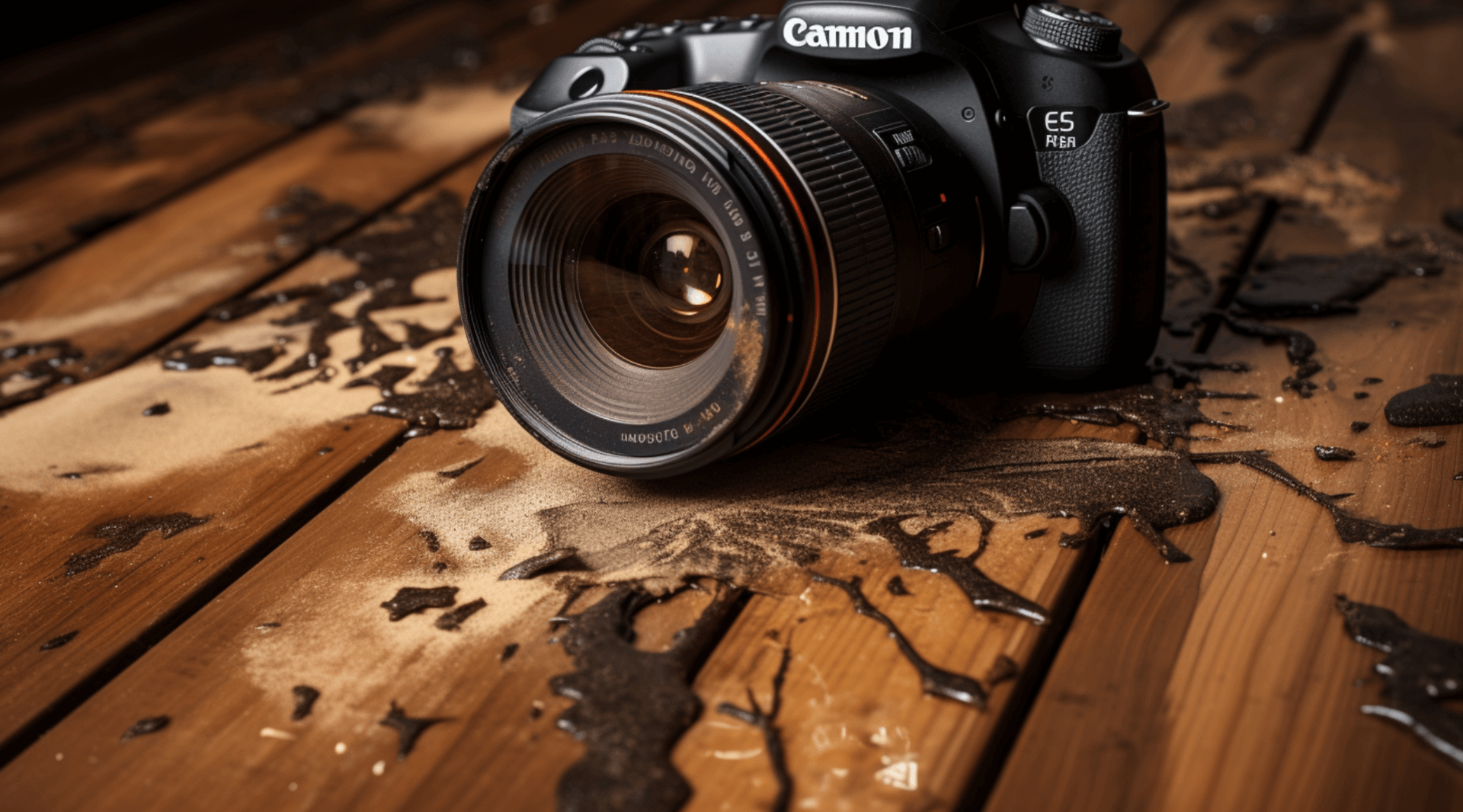
When a spill or stain occurs on a wooden floor, it is important to take immediate action to minimize the damage. The first step is to absorb the liquid as quickly as possible. This can be done by using a clean, absorbent cloth or paper towel to blot the spill. It is important to avoid rubbing or scrubbing the spill, as this can cause the liquid to spread and penetrate the wood.
Once the liquid has been absorbed, the area should be cleaned with a damp mop or cloth. This helps remove any residue and prevents the stain from setting in. If the stain is still visible, a wood cleaner can be used to remove it. It is important to use a wood cleaner specifically designed for wooden floors, as other cleaning products may damage the floor.
Materials and tools needed for this process include a vacuum cleaner, a damp mop, a wood cleaner, and a wood sealant. The vacuum cleaner should be used to remove dirt and debris from the floor, while the damp mop should be used to clean the floor and remove any residue. A wood cleaner should then be used to remove any remaining dirt and debris, and a wood sealant should be applied to the floor to create a protective barrier.
Common mistakes to avoid when dealing with spills and stains include using excessive amounts of sealant, which can damage the floor, and rubbing or scrubbing the spill, which can cause the liquid to spread and penetrate deeper into the wood. It is also important to avoid using excessive amounts of water, as this can cause the wood to swell and warp.
By taking these immediate actions and avoiding common mistakes, home owners and business owners can effectively minimize the damage caused by spills and stains on wooden floors.
The Role of Professional Services in Protecting Wooden Floors from Spills and Stains

Professional services like GJP Floor Sanding can help protect wooden floors from spills and stains by providing a range of services that help maintain the floor’s beauty and longevity. These services include sanding, sealing, staining, and waxing, which help to create a protective barrier on the surface of the wood. Additionally, we can provide advice and guidance on how to best maintain the floor and prevent spills and stains from occurring in the future.
When installing with joists that run parallel to the external wall, it is important to ensure that the spray insulation is 8 cm away from any heat emitting devices and potential sources of ignition, where the temperature is > 82C. Care should also be taken to ensure continuity of fire resistance at junctions with fire-resisting elements, in accordance with the national Building Regulations.
Hiring professional services for this task has several benefits. Professionals have the expertise and experience to ensure the job is done correctly and efficiently. We also have access to the right tools and materials, which helps to ensure the best possible results.
GJP Floor Sanding offers a range of services to protect wooden floors from spills and stains. These services include sanding, which helps to remove any existing damage and create a smooth surface for the protective coating. We also offer sealing, which helps to create a protective barrier on the surface of the wood. Staining and waxing are also available, which help to enhance the floor’s natural beauty and provide additional protection.
By hiring professional services like GJP Floor Sanding, home owners and business owners can have peace of mind knowing that our wooden floors are in good hands. The expertise, experience, and range of services offered by professionals ensure that the floor is properly protected and maintained, prolonging its lifespan and preserving its beauty.
Understanding the Cost of Protecting Wooden Floors from Spills and Stains
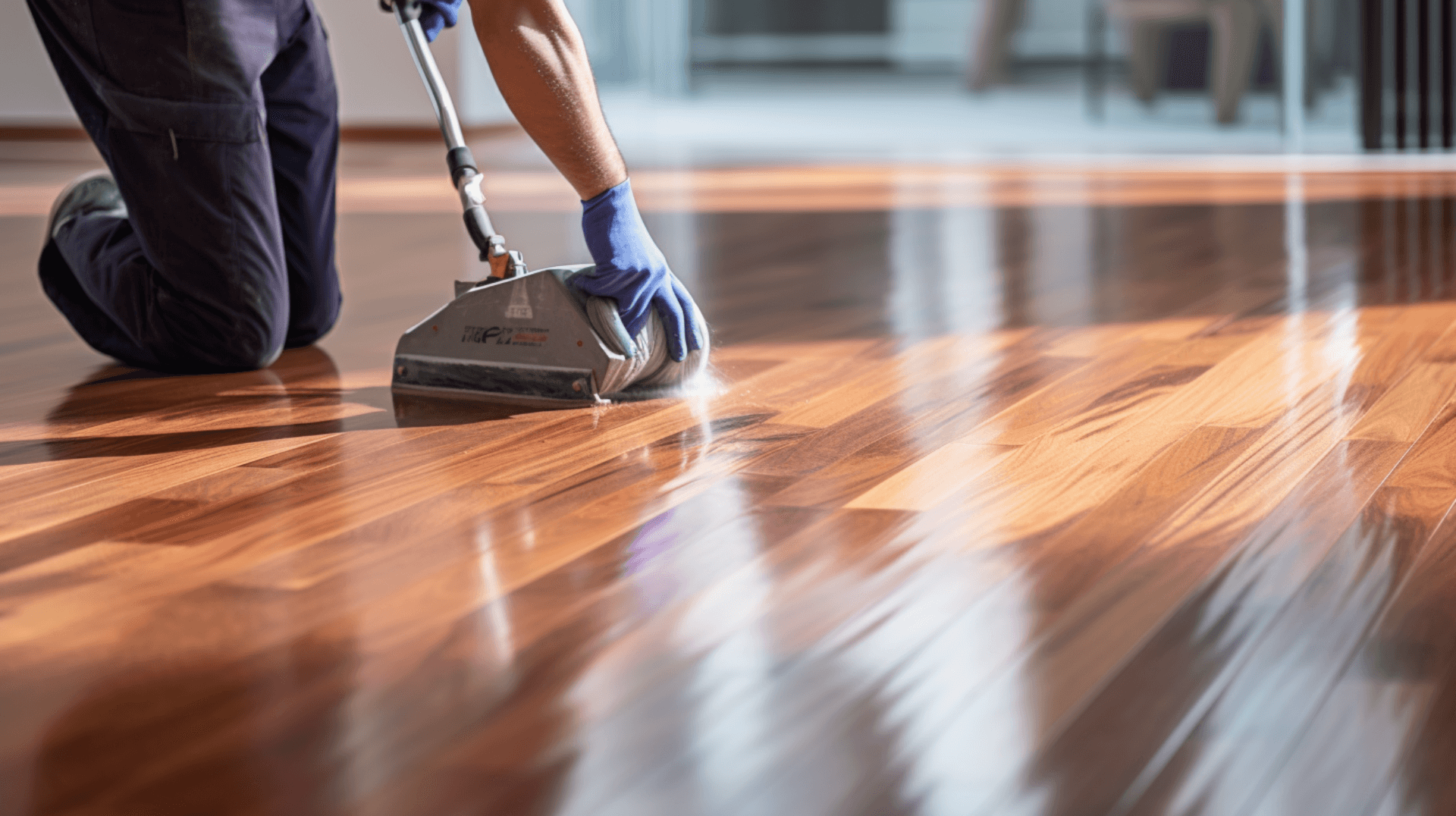
Protecting wooden floors from spills and stains can be a costly endeavor, but the cost of prevention is far less than the cost of repair or replacement. The potential costs involved in protecting wooden floors from spills and stains include the cost of materials, such as a vacuum cleaner, damp mop, wood cleaner, and wood sealant, as well as the cost of professional services, such as sanding, sealing, staining, and waxing. Additionally, when installing with joists that run parallel to the external wall, it is important to ensure that the spray insulation is 8 cm away from any heat emitting devices and potential sources of ignition, where the temperature is > 82C. Care should also be taken to ensure continuity of fire resistance at junctions with fire-resisting elements, in accordance with the national Building Regulations.
The cost of prevention is much lower than the cost of repair or replacement. Repairing or replacing a wooden floor can be expensive, as it requires the removal of existing flooring, the purchase of new materials, and the installation of the new flooring. In comparison, the cost of prevention is much lower, as it only requires the purchase of materials and the use of professional services.
Professional services like GJP Floor Sanding can provide cost-effective solutions for protecting wooden floors from spills and stains. We offer a range of services, such as sanding, sealing, staining, and waxing, which help to create a protective barrier on the surface of the wood. By investing in the cost of prevention and utilizing professional services, home owners and business owners can save money in the long run by avoiding costly repairs or replacements. Protecting wooden floors from spills and stains not only preserves our beauty but also extends our lifespan, making it a worthwhile investment.
Case Study: How GJP Floor Sanding Helped a Client Protect Our Wooden Floor from Spills and Stains
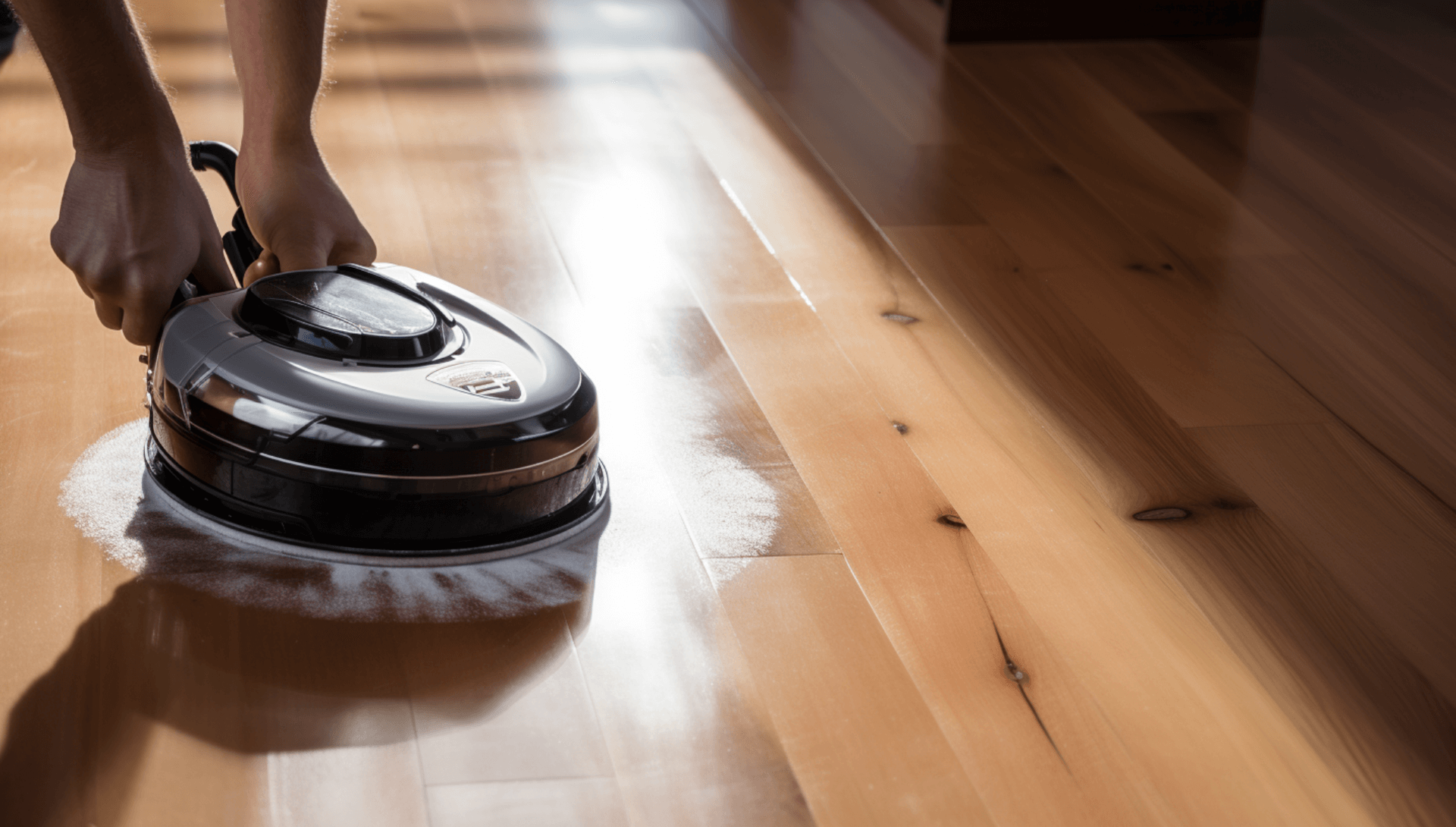
Case Study: How GJP Floor Sanding Helped a Client Protect Our Wooden Floor from Spills and Stains
A client recently contacted GJP Floor Sanding with the challenge of protecting our newly installed wooden floor from spills and stains. We wanted to ensure that our floor remained in pristine condition and was shielded from any potential damage.
GJP Floor Sanding provided a comprehensive solution to the client’s needs. We began by sanding the floor to remove any existing damage and create a smooth surface for the protective coating. This step was crucial in preparing the floor for the application of the sealant.
After sanding, GJP Floor Sanding applied a sealant to the floor to create a protective barrier on the surface of the wood. This sealant acted as a shield against spills and stains, preventing us from penetrating the wood and causing damage. The application of the sealant was done meticulously, ensuring that every inch of the floor was properly protected.
To further enhance the protection, GJP Floor Sanding also applied a wax finish to the floor. This not only added an extra layer of defense against spills and stains but also enhanced the natural beauty of the wood, giving it a glossy and polished appearance.
In addition to the immediate benefits, the client was also provided with advice and guidance on how to best maintain the floor and prevent spills and stains from occurring in the future. This included recommendations on cleaning products and a recoat schedule to ensure the protective coating remained effective.
The results of GJP Floor Sanding’s work were outstanding. The client’s wooden floor was now properly protected from spills and stains, giving us peace of mind and confidence in the longevity of our investment. The glossy finish added a touch of elegance to the room, enhancing its overall aesthetic appeal.
Overall, the client was extremely satisfied with the results of GJP Floor Sanding’s work. Our wooden floor was now well-protected, visually appealing, and had the potential to withstand spills and stains for years to come. The comprehensive solution provided by GJP Floor Sanding ensured that the client’s wooden floor remained in pristine condition, preserving its beauty and longevity.
Expert Advice: Tips from GJP Floor Sanding on Protecting Wooden Floors from Spills and Stains

Expert Advice: Tips from GJP Floor Sanding on Protecting Wooden Floors from Spills and Stains
GJP Floor Sanding offers a range of expert tips to help protect wooden floors from spills and stains. These tips are designed to ensure that the protective coating applied during installation remains effective and provides maximum protection. Here are some key tips from GJP Floor Sanding:
- Vacuuming and mopping regularly: Regularly vacuuming and mopping the floor helps to remove dirt and debris, as well as any spills and stains that may have occurred. This helps ensure that the protective coating applied during installation is still effective and provides maximum protection.
- Using the right products: When cleaning and maintaining wooden floors, it is important to use the right products. A vacuum cleaner should be used to remove dirt and debris, while a damp mop should be used to clean the floor and remove any residue. A wood cleaner should then be used to remove any remaining dirt and debris, and a wood sealant should be applied to the floor to create a protective barrier.
- Maintaining a balanced room climate: Maintaining a balanced room climate helps prevent excessive shrinkage or swelling of the wooden floor, which can lead to warping and discoloration. This includes ensuring the HVAC system is working properly, with normal humidity levels between 30-50% and temperatures between 60-80F year-round. It also involves inspecting the floor for abnormal shrinkage and swelling, and monitoring exterior doors and windows for leaks during the summer months/humid seasons.
- Taking immediate action when spills occur: When a spill or stain occurs on a wooden floor, it is important to take immediate action to minimize the damage. This includes absorbing the liquid as quickly as possible using a clean, absorbent cloth or paper towel, and avoiding rubbing or scrubbing the spill to prevent it from spreading and penetrating the wood.
By implementing these expert tips, homeowners and business owners can effectively protect their wooden floors from spills and stains. Regular vacuuming and mopping, using the right cleaning products, maintaining a balanced room climate, and taking immediate action when spills occur are all crucial steps in preserving the beauty and longevity of wooden floors.
Contact Us: Get Professional Help from GJP Floor Sanding to Protect Your Wooden Floor from Spills and Stains
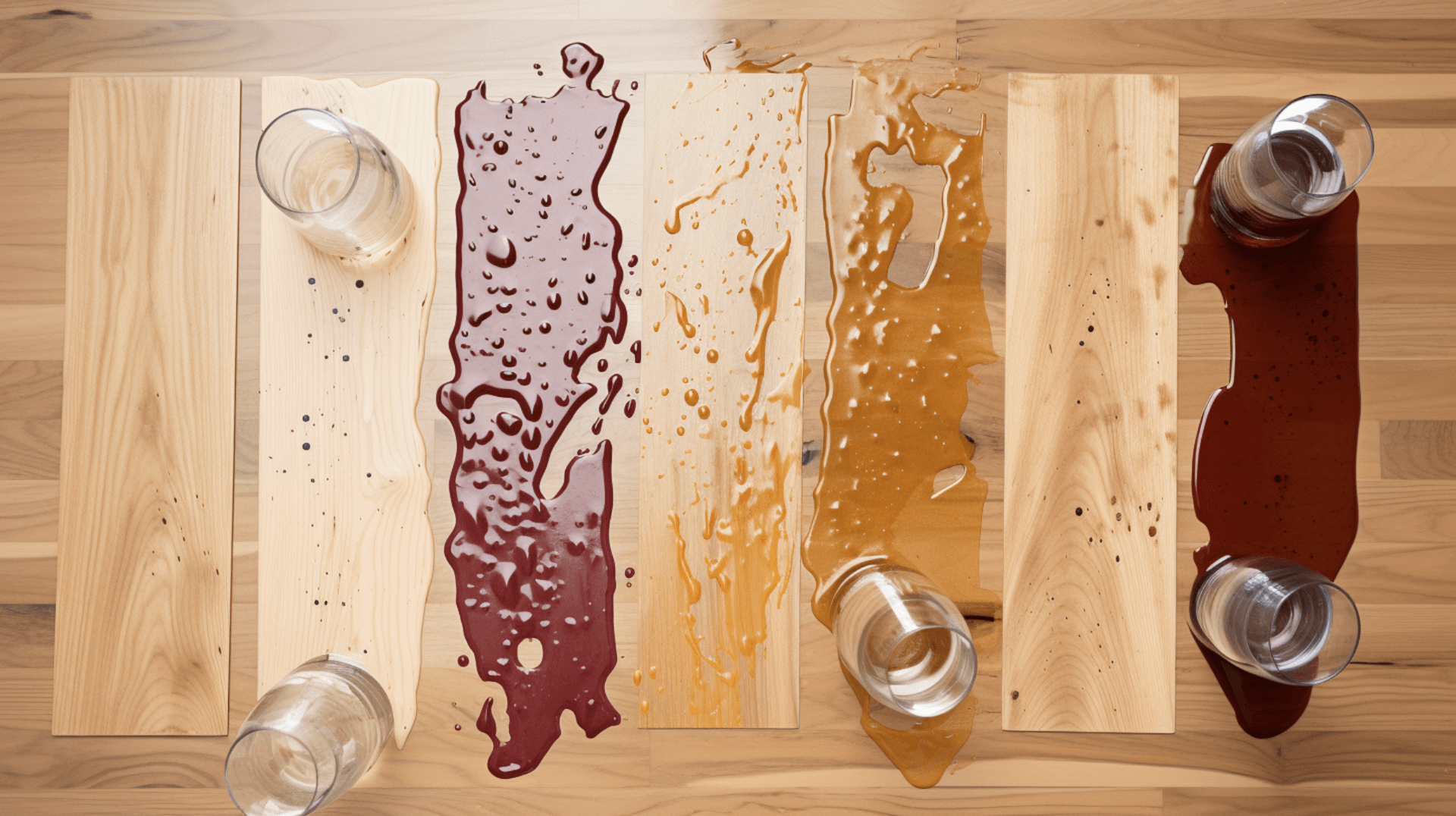
To get professional help from GJP Floor Sanding in protecting your wooden floor from spills and stains, you can contact us via our website, email, or phone. When contacting GJP Floor Sanding, it is important to provide detailed information about your floor, such as the type of wood, the size of the floor, any existing damage, and information about the insulation used.
After contacting GJP Floor Sanding, you can expect a prompt response and a comprehensive solution tailored to your specific needs. We will provide a detailed assessment of your floor and develop a plan of action to protect it from spills and stains. This may include services such as sanding, sealing, staining, and waxing, as well as advice and guidance on how to best maintain the floor and prevent future spills and stains.
GJP Floor Sanding’s team of experts will utilize our expertise and experience to ensure that your wooden floor is properly protected and maintained. We will provide the necessary tools and materials to achieve the best possible results. By hiring professional services like GJP Floor Sanding, you can have peace of mind knowing that your wooden floor is in good hands and will be preserved for years to come.
